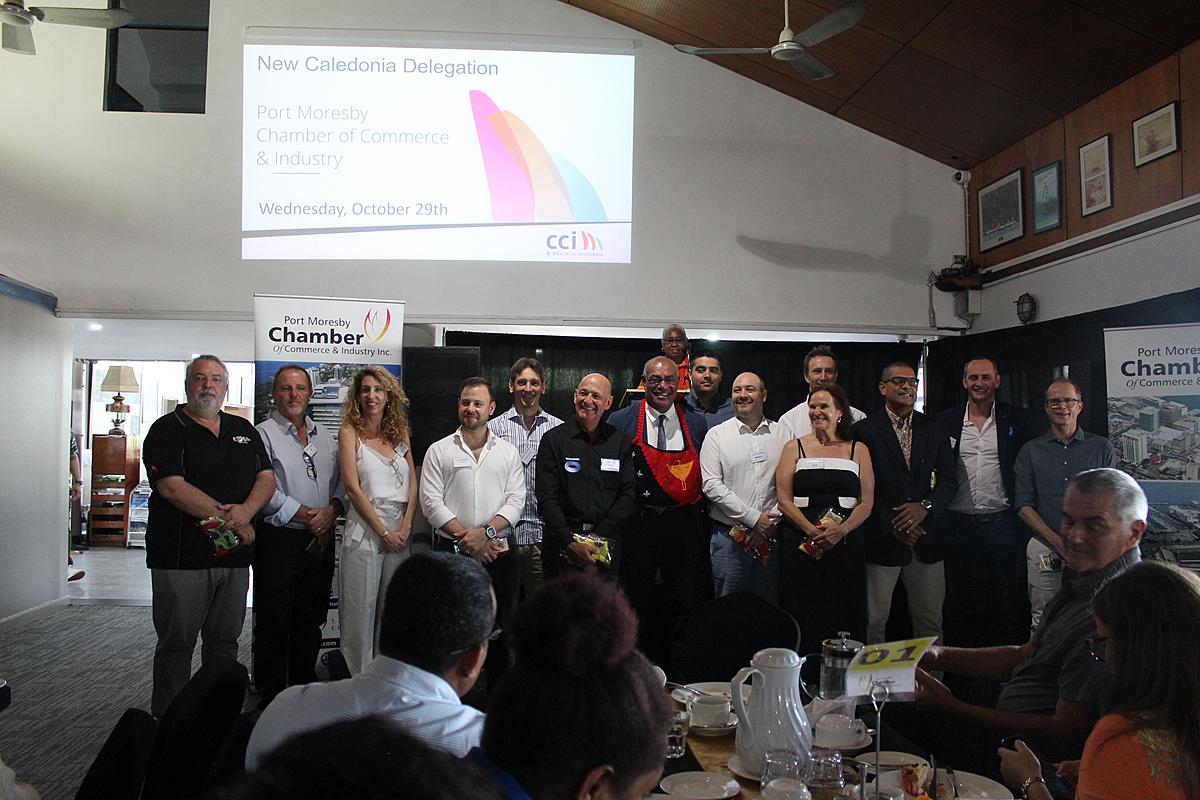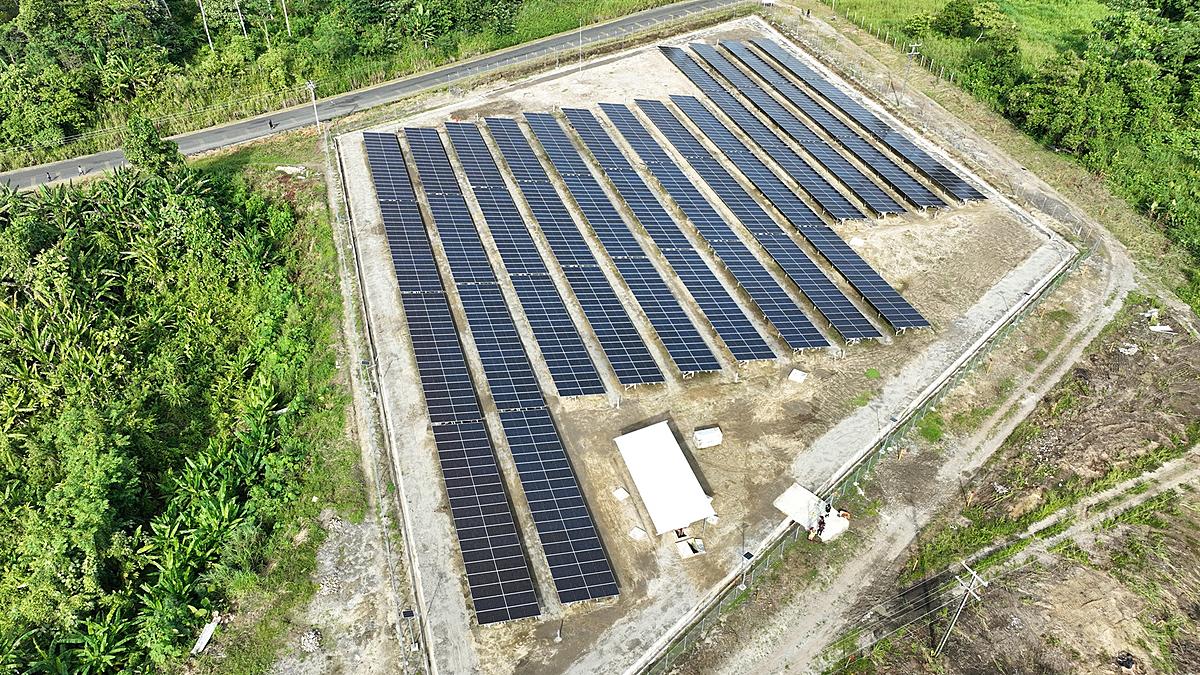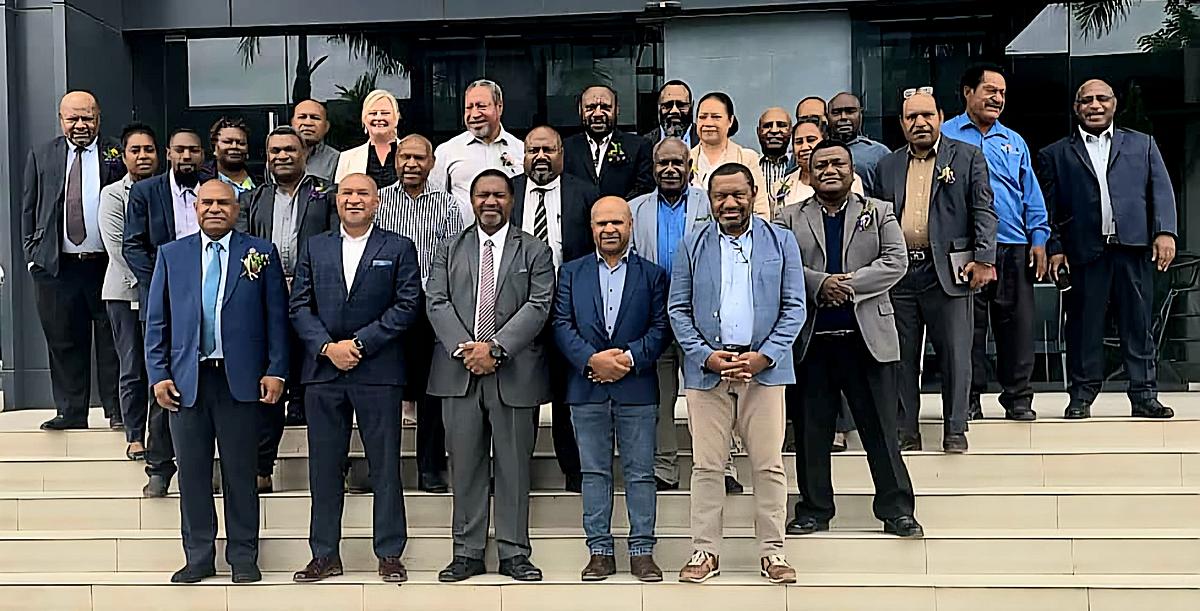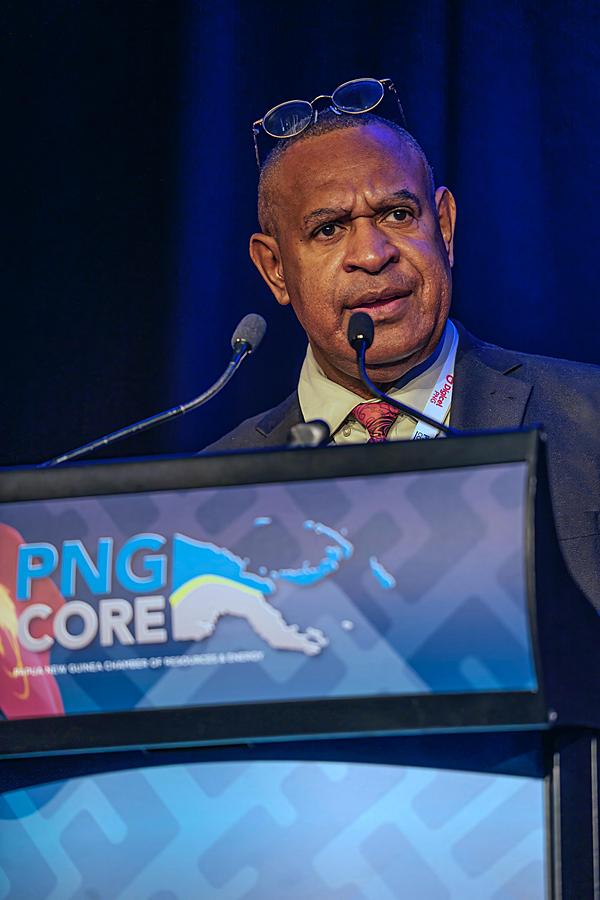The Pacific Tourism Organisation (SPTO), through its Pacific Tourism Data Initiative (PTDI) and in close collaboration with the Papua New Guinea Tourism Promotion Authority (TPA), has released the Papua New Guinea International Visitor Survey (IVS) for the period January–June 2025. This report provides critical insights into the travel motivations, expenditure patterns, and satisfaction levels of international visitors to Papua New Guinea (PNG), supporting ongoing efforts to strengthen the country’s tourism strategies and enhance the visitor experience.
PNG is among 10 Pacific Island countries — the Cook Islands, Niue, Vanuatu, Tonga, Solomon Islands, Samoa, Kiribati, Timor-Leste, and FSM-Yap — participating in the Pacific Tourism Data Initiative funded by the New Zealand Government. PTDI continues to serve as an essential resource for tourism data across the Pacific through its biannual International Visitor Survey (IVS), an annual Business Confidence Index (BCI), and an annual Community Attitude Survey (CAS), strengthening regional tourism strategies.
The survey analysed 1,415 responses, representing 3% of total visitors during the period, with a 22% response rate. Key findings revealed that 46% of respondents were first-time visitors, with an average household income of USD 60,000–79,999. International visitor arrivals increased to 53,379, up from 48,622 in the same period in 2024, reflecting sustained recovery driven by targeted marketing, improved air connectivity, and government-led initiatives to raise PNG’s tourism profile.
Visitors were primarily drawn by PNG’s natural landscapes, cultural diversity, and business opportunities, as well as connections with family and friends. Historical and heritage attractions, particularly World War II sites, continued to strengthen PNG’s appeal as a unique cultural and historical destination.
From an economic perspective, the average total spend per visitor was USD 2,278, with 65% (USD 1,552) estimated to directly benefit the local economy. The total economic impact of international tourism for the six months was valued at USD 121 million (PGK 491 million). Although average visitor spending decreased compared to the same period in 2024, the data suggests a shift toward higher prepaid expenditure, indicating evolving traveller purchasing behaviours and a greater reliance on digital booking channels.
Visitor satisfaction remained high at 4 out of 5, with 93% of respondents recommending PNG and 86% indicating willingness to return. Positive feedback focused on the friendliness of local people, cultural diversity, and natural beauty, while areas for improvement included safety, domestic air travel, costs, and infrastructure.
TPA’s Chief Executive Officer, Eric Mossman Uvovo, highlighted the significance of the findings in guiding future tourism development.
“The International Visitor Survey provides valuable insights into the motivations and experiences of our visitors. This information enables us to refine our marketing and product strategies, strengthen partnerships, and deliver a more seamless visitor experience. With robust data, we can position Papua New Guinea as a competitive, culturally rich, and resilient destination in the Pacific,” said Uvovo.
SPTO’s Chief Executive Officer, Christopher Cocker, reaffirmed SPTO’s commitment to advancing regional tourism research and supporting data-driven decision-making. “Through the Pacific Tourism Data Initiative, SPTO continues to empower Pacific Island countries with high-quality data to inform sustainable tourism growth. We commend PNGTPA for its commitment to evidence-based policy and planning. These findings not only support national tourism strategies but also contribute to the region’s collective vision for a sustainable and resilient Pacific tourism sector,” said Cocker.










